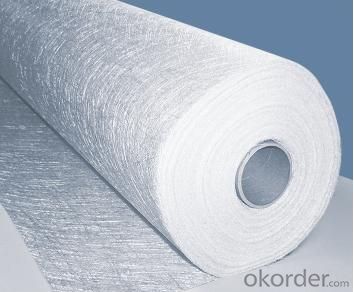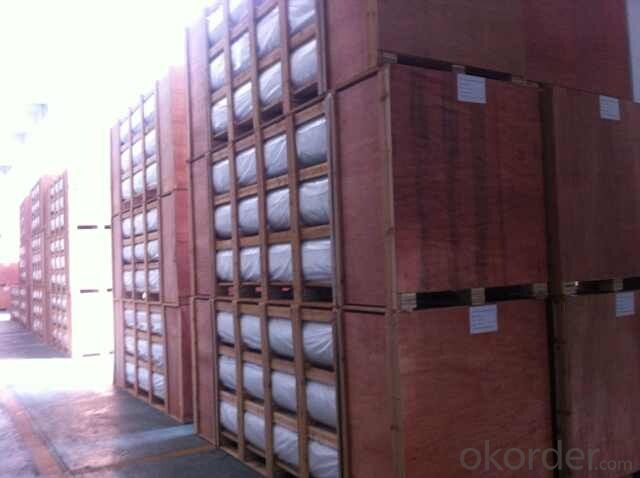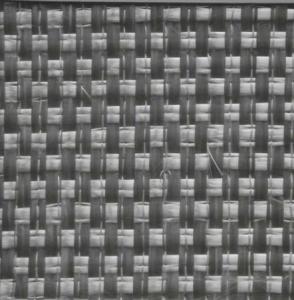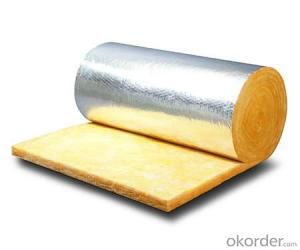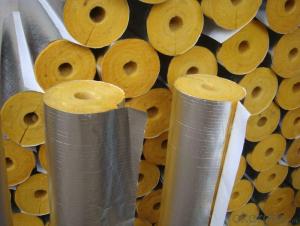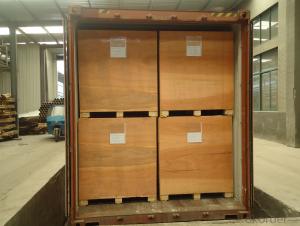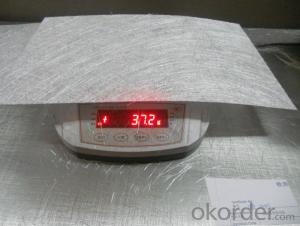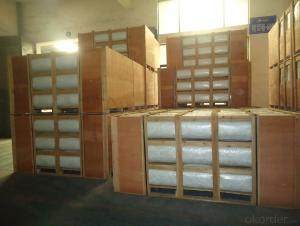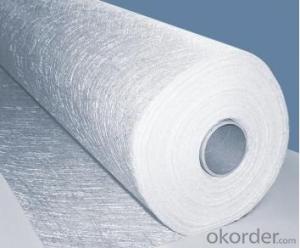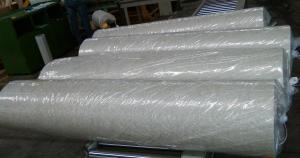Fiberglass Mat Tissue e-glass Chopped Strand Mat 2300mm
- Loading Port:
- Shanghai
- Payment Terms:
- TT or LC
- Min Order Qty:
- -
- Supply Capability:
- 10000MT m²/month
OKorder Service Pledge
OKorder Financial Service
You Might Also Like
1.Breif Introduction
Chopped strand mat with width 2300mm
2.Main Features
With Excellent compatibility with resin,heating resistance,Faster and well wet-out
Chopped strand mats are made of chopped strands of 50mm in length,which are randomly dispersed and bonded together by the polyester binder in powder or emulsion.
Chopped strand mats are mainly used in FRP fields,such as hand lay-up,filament winding and molding process. The typical products are panels,tanks,boats,automotive parts,cooling towers,pipes and so on.
3.Specifications
Glass type: E-glass
Bond type: Powder or Emulsion.
Normal types : 180g/m2. 225g/m2. 300g/m2 450g/m2. 600m2.
Roll Width: 2300mm.
4.FAQ
Q: Which knid of payment terms can you accept?
A: We can accept 30% prepayment, 70% payment before shippment. LC is also accepted
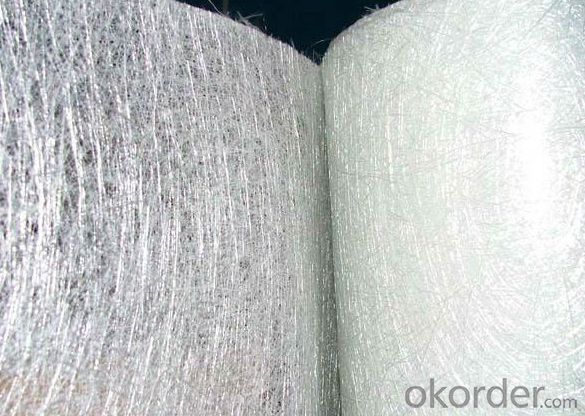
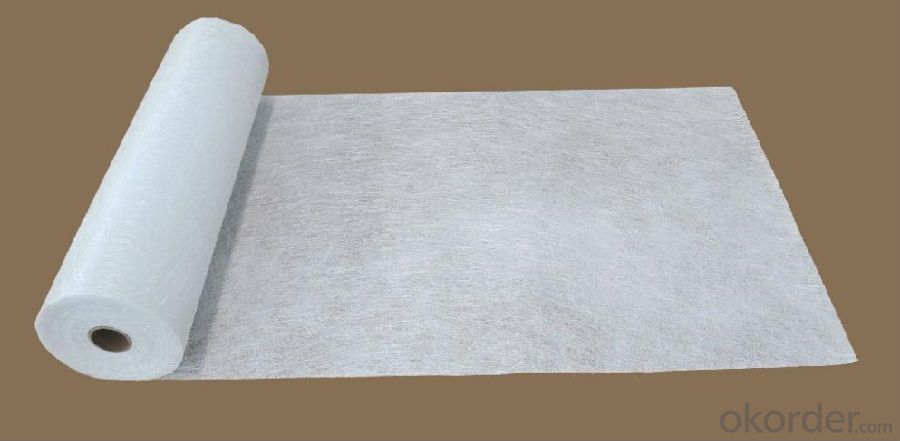
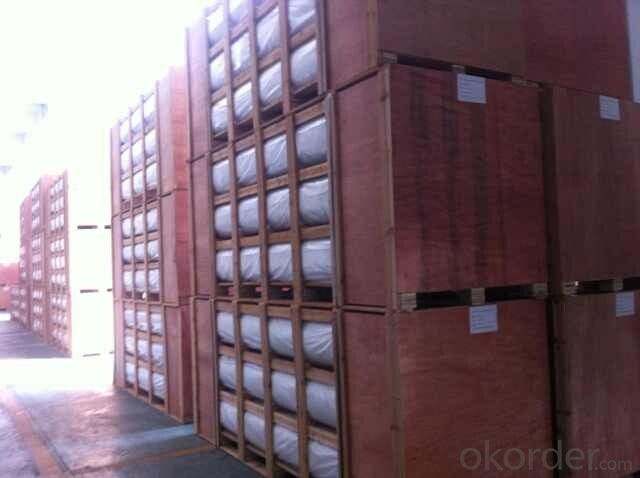
- Q: Can fiberglass mat tissue be used for corrosion-resistant applications?
- Yes, fiberglass mat tissue can be used for corrosion-resistant applications. Fiberglass mat tissue is made from fine glass fibers bonded with a resinous binder, which provides excellent corrosion resistance properties. The tissue is designed to be used as a barrier layer in various corrosion-resistant applications such as in the construction of tanks, pipes, and vessels that are exposed to corrosive environments. The fiberglass mat tissue acts as a protective barrier, preventing the penetration of corrosive elements and enhancing the durability and longevity of the structure. Additionally, the tissue is lightweight, easy to handle, and can be easily molded into complex shapes, making it an ideal choice for corrosion-resistant applications.
- Q: What are the common sizes available for fiberglass mat tissue?
- The sizes of fiberglass mat tissue can differ depending on the application or manufacturer. Various widths are commonly found, such as 1 meter (39 inches), 1.27 meters (50 inches), and 1.52 meters (60 inches). Similarly, the length of the fiberglass mat tissue can vary, ranging from 50 meters (164 feet) to 300 meters (984 feet) or even longer. It is essential to acknowledge that these dimensions are merely illustrative and may not encompass all sizes obtainable in the market.
- Q: How long does fiberglass mat tissue typically last?
- The lifespan of fiberglass mat tissue can vary depending on various factors such as the quality of the material, its exposure to environmental conditions, and the level of maintenance. On average, fiberglass mat tissue can last anywhere from 20 to 30 years. However, with proper installation and regular upkeep, it is possible for it to last even longer. It is important to note that regular inspection and maintenance can help identify any signs of wear or damage, allowing for timely repairs or replacements to ensure its longevity.
- Q: Is fiberglass mat tissue resistant to vibrations?
- Yes, fiberglass mat tissue is resistant to vibrations. The strong and flexible nature of fiberglass makes it suitable for absorbing and dampening vibrations, making it an ideal material for applications where vibration resistance is required.
- Q: How does fiberglass mat tissue perform in terms of thermal conductivity?
- Fiberglass mat tissue has low thermal conductivity, meaning it is a poor conductor of heat.
- Q: Is fiberglass mat tissue compatible with different resin systems?
- Fiberglass mat tissue is indeed compatible with different resin systems. This versatile material can be utilized with a variety of resin systems, such as polyester, epoxy, and vinyl ester resins. Its exceptional wet-out properties enable the resin to be absorbed and distributed evenly throughout the mat. Consequently, this compatibility facilitates the fabrication of robust and long-lasting composite structures for numerous industries, including automotive, marine, construction, and aerospace. Nevertheless, it is crucial to carefully assess the unique properties and characteristics of the resin system employed to guarantee optimal performance and compatibility with the fiberglass mat tissue.
- Q: What are the different types of fiberglass mat tissue available?
- A variety of fiberglass mat tissues can be found, each possessing its own distinct qualities and uses. Some commonly encountered types include the following: 1. Chopped Strand Mat (CSM): This is the most widely utilized and fundamental kind of fiberglass mat tissue. It comprises randomly arranged chopped fiberglass strands held together by a binder. CSM is commonly employed in situations where strength and resilience are crucial, such as in the construction of boats and automotive components. 2. Continuous Filament Mat (CFM): Unlike CSM, CFM is fashioned from continuous fiberglass strands woven into a mat. This type of fiberglass mat tissue offers exceptional tensile strength and dimensional stability, making it ideal for applications necessitating high strength and stiffness, such as in aerospace components and wind turbine blades. 3. Surface Veil Mat: Surface veil mat is an extremely thin and lightweight fiberglass mat tissue primarily used for surface finishing and reinforcement. It is typically applied as a final layer in composite laminates to enhance surface smoothness and water resistance. 4. Stitched Mat: Stitched mat is produced by interweaving continuous fiberglass strands with stitching thread. This construction yields enhanced strength and improved drapability, facilitating easier conformity to complex shapes. Stitched mat is commonly utilized in applications necessitating a blend of strength and flexibility, such as in the production of pipes and tanks. 5. Binderless Mat: Binderless mat is a specialized kind of fiberglass mat tissue that lacks binders or resins. Instead, the fibers are mechanically bonded through a needling process. This renders binderless mat highly resistant to chemical attack and suitable for use in corrosive environments, such as chemical storage tanks and pipes. These examples merely touch upon the wide range of fiberglass mat tissues available. The selection of which type to employ hinges on the specific requirements of the application, encompassing factors such as strength, flexibility, surface finish, and resistance to various environmental influences.
- Q: Can fiberglass mat tissue be used for reinforcing swimming pools?
- Yes, fiberglass mat tissue can be used for reinforcing swimming pools. It is commonly used in the construction of pool shells to provide added strength and durability.
- Q: Is fiberglass mat tissue suitable for aerospace repairs?
- Yes, fiberglass mat tissue is suitable for aerospace repairs. Fiberglass mat tissue is a lightweight and flexible material that can be easily molded and applied to various surfaces. It is known for its high strength-to-weight ratio, making it ideal for applications where weight is a critical factor, such as aerospace repairs. Fiberglass mat tissue is commonly used in aerospace repairs to reinforce damaged or weakened areas of the aircraft structure. It provides excellent structural integrity and durability, ensuring the repaired area can withstand the extreme conditions and stresses encountered during flight. Furthermore, fiberglass mat tissue is compatible with various resin systems, including epoxy and polyester, allowing for efficient bonding and ensuring a reliable repair. Its versatility also enables it to be used in both interior and exterior repairs, such as repairing composite panels, reinforcing wing sections, or repairing damaged fuselage areas. In addition to its mechanical properties, fiberglass mat tissue also exhibits excellent resistance to corrosion, moisture, and chemicals, enhancing the longevity of the repaired components. This is particularly crucial in aerospace applications, where the aircraft is exposed to harsh environmental conditions. Overall, fiberglass mat tissue is a suitable material for aerospace repairs due to its lightweight, high strength, versatility, and resistance to environmental factors. Its use in the aerospace industry has been well-established, and it continues to be a reliable choice for repairing and reinforcing critical aircraft components.
- Q: Is fiberglass mat tissue suitable for automotive applications?
- Fiberglass mat tissue is indeed suitable for automotive applications. This versatile material offers numerous benefits when utilized in the automotive industry. It boasts excellent strength and durability, crucial qualities for automotive parts that must endure harsh conditions and heavy use. Moreover, fiberglass mat tissue possesses commendable thermal and electrical insulation properties, making it ideal for applications that require resistance to temperature and electrical currents. Furthermore, the lightweight nature of fiberglass mat tissue can contribute to enhanced fuel efficiency and overall vehicle performance. It is also highly malleable, enabling manufacturers to craft intricate automotive parts with precision. Additionally, this material resists corrosion, chemicals, and UV radiation, ensuring that automotive components remain reliable and long-lasting. In summary, the exceptional qualities of fiberglass mat tissue make it an optimal choice for various automotive applications, such as body panels, interior components, structural reinforcements, and sound insulation. Its strength, durability, insulation properties, lightweight nature, and resistance to corrosion and chemicals make it a dependable and cost-effective material for the automotive industry.
Send your message to us
Fiberglass Mat Tissue e-glass Chopped Strand Mat 2300mm
- Loading Port:
- Shanghai
- Payment Terms:
- TT or LC
- Min Order Qty:
- -
- Supply Capability:
- 10000MT m²/month
OKorder Service Pledge
OKorder Financial Service
Similar products
Hot products
Hot Searches
Related keywords



